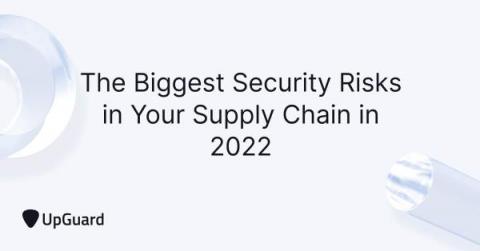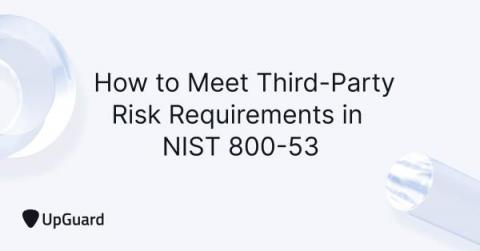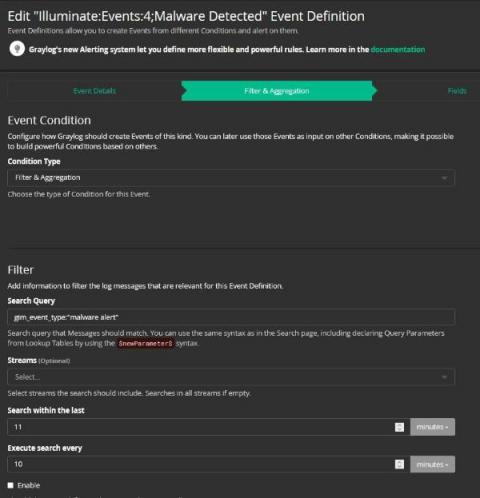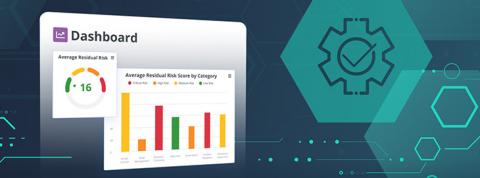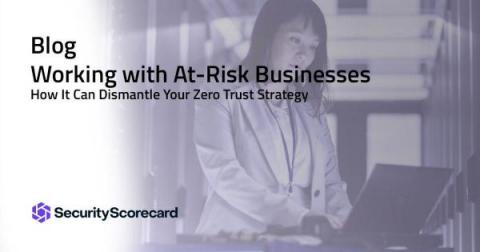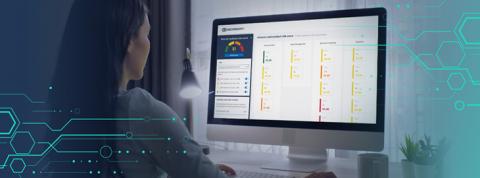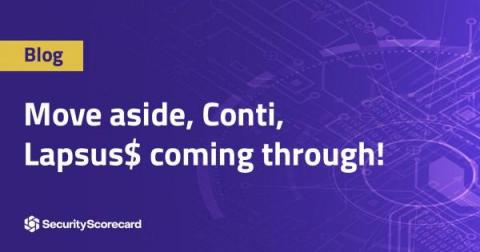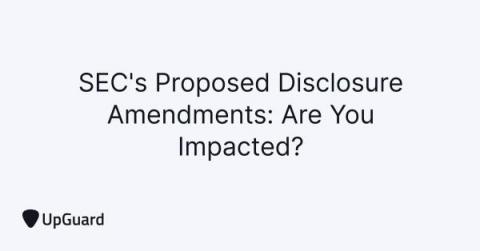Improving accuracy and value: Why Inviting Vendors is important
As most of our customers know, every single company – customer or not – gets free and unlimited access to their own company’s Scorecard. This view allows them to see the complete details of their scorecard and a high-level view of five other scorecards. SecurityScorecard provides this free access because we know that when companies engage with their scorecard, their scores improve, their attribution becomes more accurate, and our customers lower their own cyber risk.



